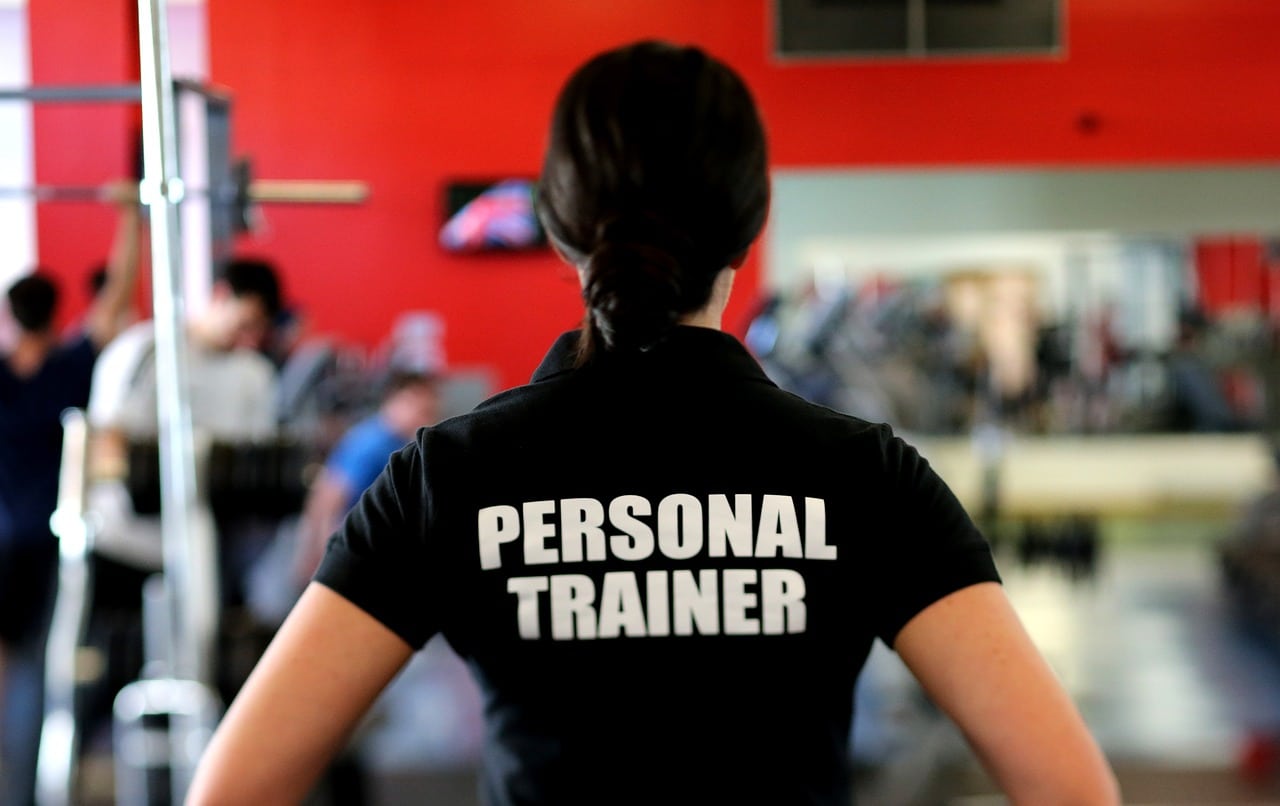The process of designing a client’s fitness program can feel a little like building with Legos.
Every brick you eventually decide to add to the project needs to account for your client’s occupation, unique lifestyle issues, current fitness level, and even individual preferences and tendencies when working out, amongst other factors.
That’s why every client’s “finished building project” (i.e., customized training plan) is unique.
But no matter how different a client may be from the next, you’d notice that there’s one building block you must use—no exceptions.
Do you know what that is?
It’s progressive overload. In other words, the strength and conditioning principle that states we need to increase the demands on the neuromuscular systems over time to create and sustain physiological adaptations from resistance training.
And contrary to popular belief, progressive overload isn’t just about adding weights.
This article outlines five ways you can keep your clients progressing—without resorting to heavier dumbbells, kettlebells, or barbells.

Grow Your Income and Impact as a Personal Trainer and Board-Certified Health Coach
Have Your Client Perform More Reps
Let’s say your client is deadlifting 235 pounds. Adding 22 pounds to the barbell is just a 9% increase in weight—and, in most cases, your client would be able to handle the load.
However, when it comes to isolation exercises (e.g., bicep curls, triceps pushdowns, lateral raises), implementing the same degree of increase isn’t feasible. Having your client go from 10- to 15-pound dumbbells on these involves a whopping 50% jump in load.
There’s no way your client would be able to perform the exercise with proper form and technique. If at all.
So, how do you get your client to progressive overload in this case?
Ask them to get another rep (or two) with the same load. For example, say your client is performing the dumbbell lateral raises with 10 pounds for 10 reps. Instead of handing over a heavier dumbbell the following week, get them to perform 12 reps with the 10-pound weights.
You’ll know it’s time to (finally) increase the load when your client can perform anywhere between 15 to 20 reps—with nothing less than perfect form—on all their working sets.
Program Shorter Rest Periods
Get your client to work harder during their sessions by cutting down on their inter-set rest periods.
This forces your client’s muscles to work “overtime,” significantly increasing metabolic stress—one of three key contributing factors to muscle hypertrophy (the other two being mechanical tension and muscle damage).
There’s an important disclaimer here, though.
Don’t be over-enthusiastic about reducing your client’s rest times. Doing so can hurt their overall training volume—since they’d be struggling with a high level of accumulated fatigue during their working sets—and make them fear turning up for their sessions!
But this begs the question: Just how much can you cut your client’s rest times by?
That depends on the type of exercises they’re doing. Here’s a general guideline to help you decide:
- Single-joint exercises: 2 minutes
- Compound exercises: At least 3 minutes
In general, you can afford to be a little more “generous” with your client’s rest periods on compound movements. While excessive fatigue and the resulting form-breakdown are unlikely to cause serious injuries on the lateral raises, the same can’t be said for deadlifts or squats.
Change Up Your Client’s Exercise Tempo
Get your client to lift to a fixed tempo.
This is particularly useful for clients who love to “cheat” and bounce out of the bottom positions of their lifts (e.g., squats and bench press) because tempo training is all about moving slowly and under control—which increases time under tension (TUT).
TUT refers to the amount of time a working muscle is held under tension during an exercise set.
In other words, increasing your client’s TUT raises the demands you’re placing on their muscles. And that’s essentially the crux of progressive overload. Once again, though, don’t take this method of progressive overload to the extreme.
There’s typically no need to have your client perform any phase of any movement for more than 10 seconds.
In addition to being an unpleasant experience overall, having your client lower themselves for 12 seconds on a pull-up only hurts their training volume and reduces the effectiveness of their workouts (if they’re even able to do it in the first place).
Improve Your Client’s Range of Motion
Pay attention to how your client is performing each exercise. Are they struggling to hit a full range of motion (ROM)?
If they are, then improving your client’s ROM is one of the easiest ways to help your client progressively overload without adding weight.
To illustrate, let’s assume your client cannot go deep enough (i.e., more than a 90-degree bend in the knees) on the leg press because of overly tight hip flexors and limited ankle mobility.
They’re only moving the load, say, 40 cm on the leg press machine.
Now, imagine that you then have your client stretch out their hip flexors (with something like the lunge stretch) and work on their ankle mobility (with something like the knee-to-wall drill or weighted ankle stretch).
What happens? Thanks to improved mobility, they’re able to—at the very least—hit a 90-degree bend in their knees at the bottom position.
So, instead of only moving the load 40 cm, they’ve now increased the “effective working distance” to 50 cm on the machine. And that’s essentially progressive overloading: getting your client’s muscles to work harder over time.
Also, sometimes, all your client needs is a cue to use a full range of motion on their movements.
For instance, with an exercise like bicep curls, you can say something like, “Make sure you lower the dumbbells back to the starting position before starting on another rep.”
Maintain Training Volume Even as Your Client Loses Weight
If your client has been sticking to the weight loss workout plan you’ve created, chances are they have lost weight. Congratulations!
Here’s something worth remembering about the process: When your client loses weight, they’d inevitably lose a proportion of muscle mass along with fat—even if they’re still training hard and keeping their protein intake high.
Did you know that having your client perform their workouts with the same exercises, along with sets and rep ranges, now can also be considered progressive overload?
Let’s assume that your client had a lean mass of 88 pounds when they started training with you. They were able to squat 220 pounds. After three months on your workout plan, their lean mass now comes in at 77 pounds instead. And guess what?
They’re still able to squat 220 pounds for the same number of sets and reps as before.
But wait. How’s that progressive overload? It’s all got to do with relativity. A simple way to think about it would be with the “load lifted to lean mass ratio.” Let’s calculate the ratios together:
- Before your client lost weight: 220/88 = 2.5
- After your client lost weight: 220/77 = 2.86
There you have it: Because there’s less lean muscle mass to “shoulder the burden,” your client’s muscles have to work harder now!
Takeaway
As you can see, there are many ways to achieve progressive overload without increasing weights.
That’s why it’s so important to adopt a holistic view of your client’s training—doing so allows you to decide on the most suitable approach that’ll get your client the results they’re searching for.
Just remember this: Progressive overload (with or without additional weights) should only be done on the foundation of proper lifting form and good technique.
There’s little point in placing additional demands on your client’s muscles just for the sake of it. You’d be cheating yourself, shortchanging your client, and, worse, putting them at increased risk of injuries.
References
- https://doi.org/10.5662/wjm.v7.i2.46
- https://www.healthline.com/health/exercise-fitness/how-to-lose-fat-without-losing-muscle
- https://doi.org/10.3390/ijerph16244897
- https://doi.org/10.1007/s40279-015-0304-0
- https://doi.org/10.1519/JSC.0000000000001142



